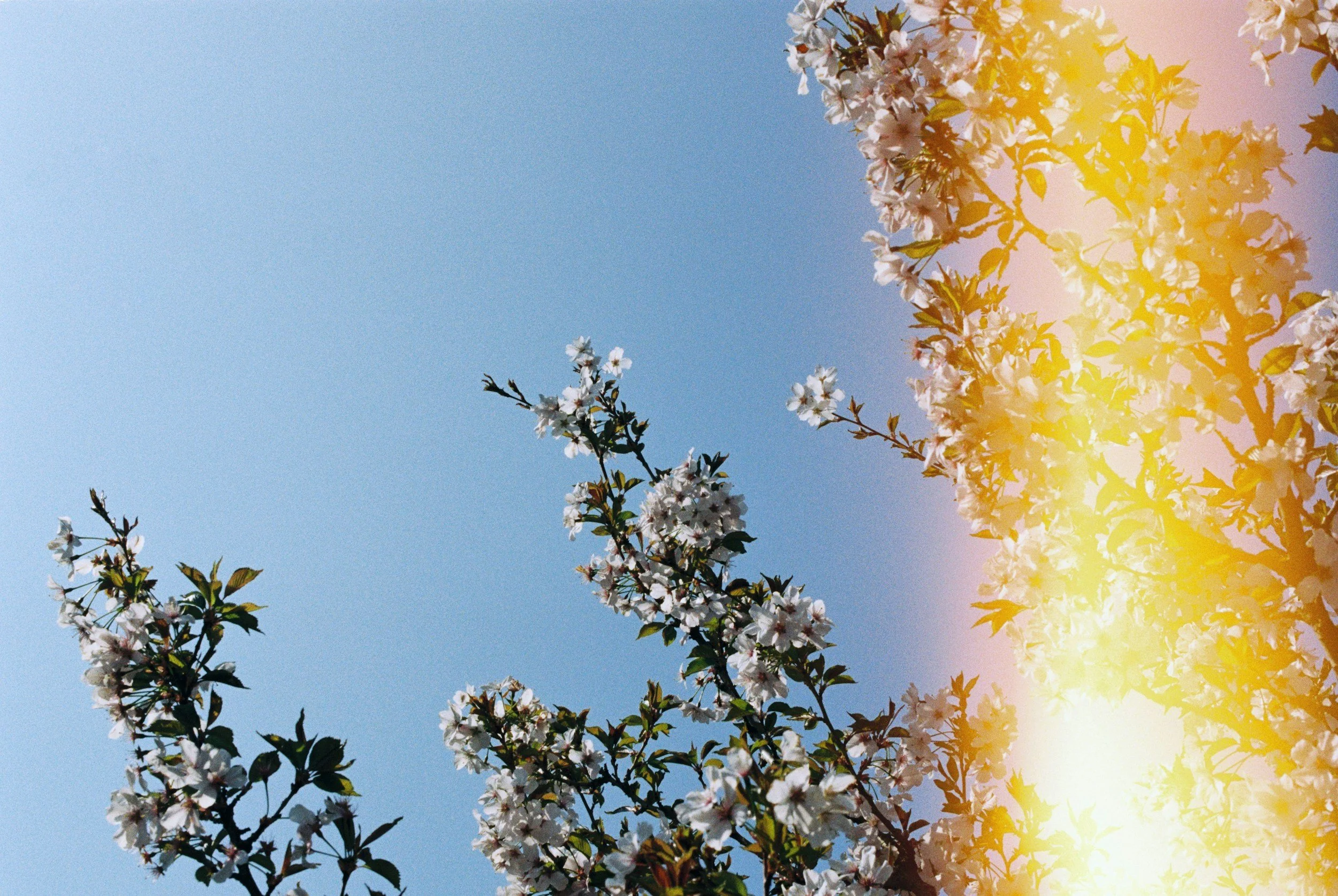Lomography: A Journey Through Imperfect Beauty
I want to share my thoughts on Lomography, a unique and fascinating branch of film photography that has captured my interest recently. It all started with a simple day trip with my family and an old East German camera, the Praktica PLC3. Little did I know, this camera would lead me down a path of discovery and appreciation for the Lomography movement.
The Praktica PLC3: A Pleasant Surprise
When I took the Praktica PLC3 out for a spin, I expected it to perform like any other SLR in my collection. The lens was clear, and the camera seemed solidly built. However, the pictures I got from this camera were quite unexpected. They had a unique quality that resonated with the principles of Lomography—bright colors, blurry images, and an overall abstract composition.
What is Lomography?
Lomography is a movement that began in 1992 when a group of Viennese students discovered the LCA camera made by Lomo PLC in St. Petersburg, Russia. They were captivated by the colorful and imperfect images produced by this camera. While some may see these images as undesirable, the students embraced them, much like how abstract art is appreciated for its interpretive nature.
Key Characteristics of Lomography
Lomography is all about embracing imperfections and capturing the moment without overthinking. Here are some key characteristics of Lomographic images:
1) Bright Colors: Vivid and saturated hues that make the images pop.
2) Blurry Images: Soft focus and motion blur add to the charm.
3) Abstract Compositions: Unconventional framing and unexpected angles.
4) Light Leaks: Accidental light exposure that creates unique patterns and flares.
Lomography and “Kodak Moment”
Lomography shares a similar philosophy with the Kodak Eastman Company's concept of the "Kodak moment." The idea of the Kodak Moment was to always have your camera with you and capture moments as they happen, regardless of imperfections. This approach encouraged spontaneity and creativity, much like how families used the simple Brownie Hawkeye camera to capture everyday moments without fuss.
Lomography vs. Digital Photography
In many ways, Lomography's philosophy parallels the convenience of modern digital photography. With digital cameras and smartphones, we can take countless photos and store them easily. However, Lomography stands in contrast to the meticulous nature of traditional film photography, where each shot is carefully composed and executed.
My Thoughts on Lomography
As I explored the unpredictable yet exciting landscape of Lomography, I found myself conflicted. The images are not what I'm used to—they are imperfect and abstract. Yet, there is something undeniably captivating about them. As a photographer, I'm on a journey to find my niche and develop my style. Lomography challenges me to embrace imperfections and see beauty in the unexpected.
I'd love to hear your thoughts on Lomography. Do you find its imperfections charming, or do you prefer the precision of traditional photography? Share your opinions in the comments below!

